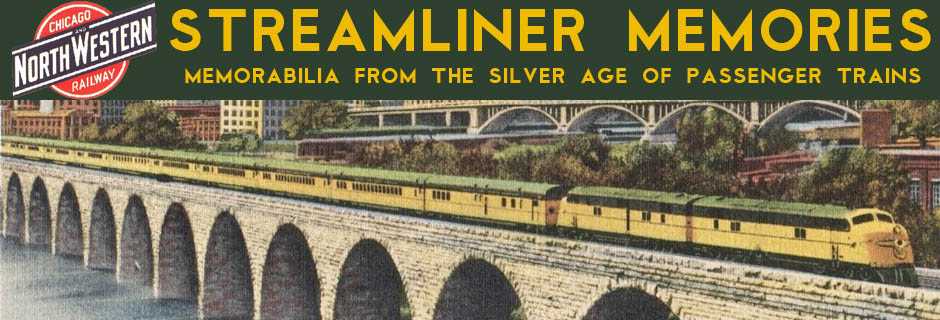GM introduced the F9 in 1953 and the E9 in 1954. Both saw a power boost over their predecessors, the F9 from 1,500 to 1,750 horsepower and the E9 from 2,250 to 2,500 horsepower. Three F9s were about equal to … Continue reading
Category Archives: General Motors
GM sold 496 E8 locomotives, all but 46 of them being A units. This was down only slightly from the 511 E7s sold. I only have eight data cards for E8s, possibly because GM stopped making such cards. The signature … Continue reading
The E8 locomotive succeeded the E7 in late 1949. Though the “E” in E locomotives represented eighteen, for the 1,800 horsepower of the E1 and E2, the E3 through E7 produced 2,000 horsepower and the E8 upped this to 2,250. … Continue reading
GM made more than 3,800 F7s, which was more than twice the number of F3s and in fact more than all other Fs combined. Yet Greg Palumbo has images of just eight data cards for F7s, plus a couple more … Continue reading
According to Wikipedia, GM began producing F7s in February 1949. The F3 and F7 were both rated at 1,500 horsepower, and while Wikipedia says the F7 had 20 percent higher tractive effort than the F3, that doesn’t show up on … Continue reading
In the years it was in production, GM made several incremental improvements to the F3. By August 1948, those improvements were significant enough that the company internally called locomotives built after that time F5s. However, in public they were still … Continue reading
By 1949, railroads had bought so many F3s that Trains magazine editor David P. Morgan suggested that railroaders then were “the age of the F3.” He didn’t know that the F7, which would be introduced in 1949, would greatly outsell … Continue reading
Some railroads initially numbered their four-unit FTs and F3s all the same number, such as 800, with individual units designated 800 A, B, C, and D. Others numbered the A units differently, so a four-unit set might be numbered 800 … Continue reading
About 50 different railroads purchased F3 locomotives, plus several more if you count various subsidiaries such as Wisconsin Central separate from the Soo Line or International & Great Northern separate from Missouri Pacific. Of course, the locomotive’s success was partly … Continue reading
After GM’s original F3 (but really F2) demonstrator, number 291, was involved in a head-on collision that totaled one of the A units, GM upgraded the other units to 1,500 horsepower. It then created a new demonstrator using two new … Continue reading
